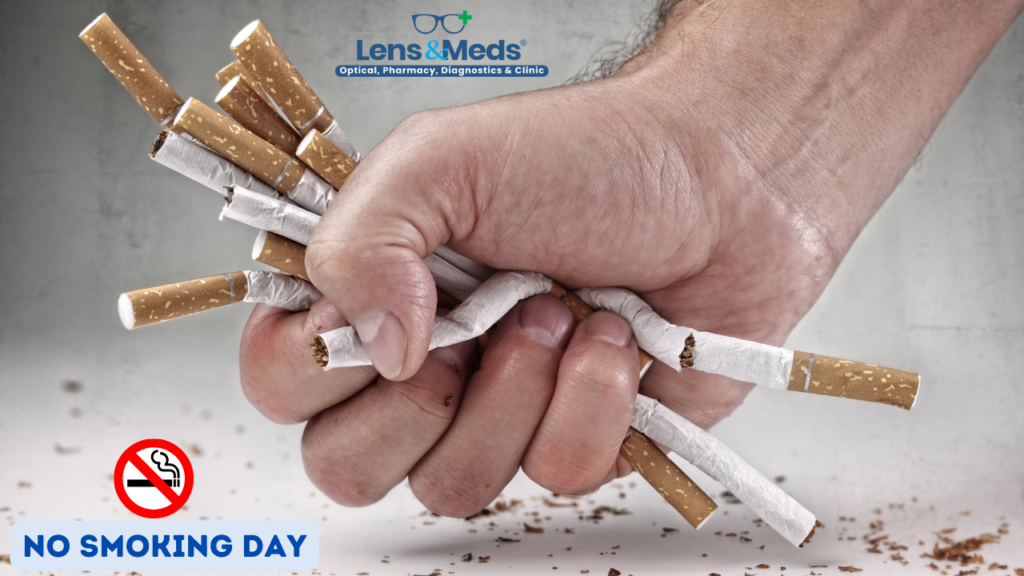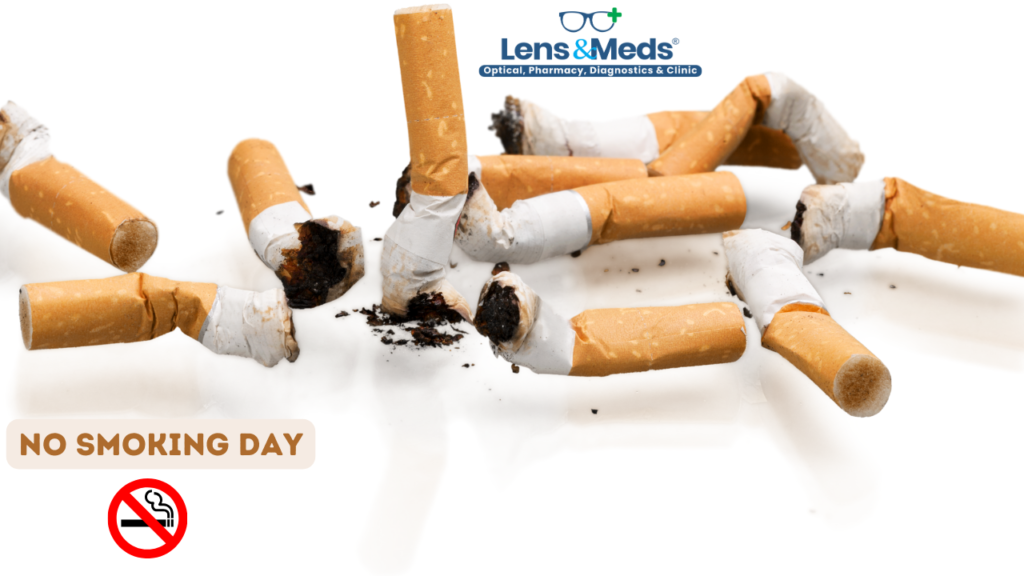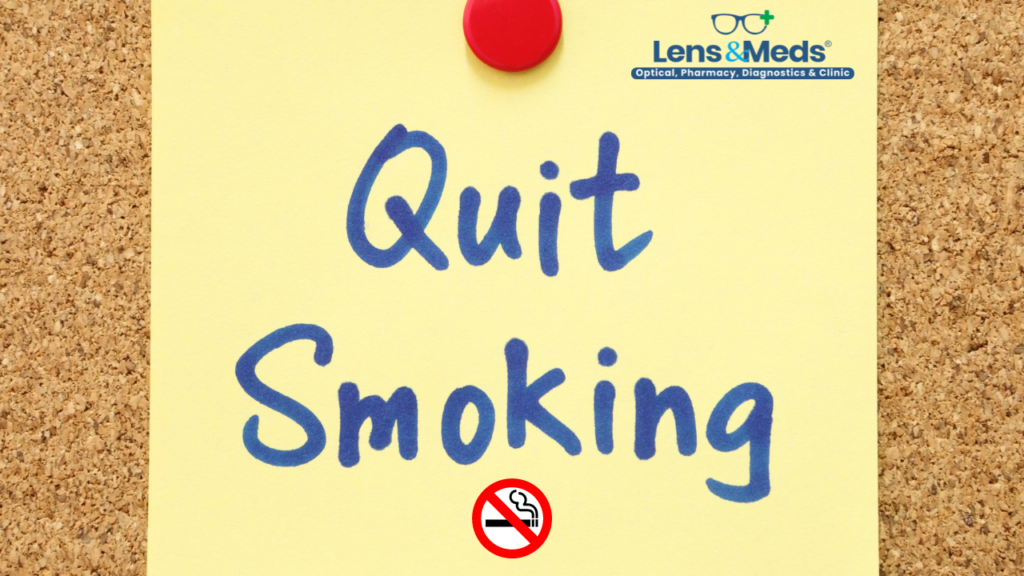Every year, on the second Wednesday of March, we observe No Smoking Day, a global call to action to raise awareness about the dangers of smoking and empower people to quit. This year, let’s pledge to breathe easier, live healthier, and protect ourselves and our loved ones from the devastating effects of smoking.
This blog post is a comprehensive guide for anyone considering quitting smoking, their families, and those who support them. Whether you’re a youth just starting out, a parent worried about your child, an educator concerned about student health, a healthcare professional guiding patients, or someone working in an environment saturated with smoke, we’ve got you covered.
The Grim Reality of Smoking: Global and Indian Statistics
Smoking is the leading preventable cause of death worldwide. According to the World Health Organization (WHO), tobacco use kills over 8 million people every year, with 1.3 million of those deaths being non-smokers exposed to secondhand smoke. In India alone, over 1 million people die each year due to tobacco-related illnesses. These are staggering numbers, a stark reminder of the immense damage smoking inflicts on individuals, families, and healthcare systems.

How does smoking damage your health?
Smoking harms nearly every organ in your body. The harmful chemicals in cigarettes damage your blood vessels, lungs, heart, and immune system, increasing your risk of a multitude of health problems, including:
- Cancer: Smoking is a major risk factor for lung cancer, but it also increases the risk of cancers of the mouth, throat, esophagus, bladder, kidney, pancreas, stomach, cervix, and more.
- Heart Disease: Smoking damages your blood vessels and increases your risk of heart attack, stroke, and peripheral artery disease (PAD).
- Lung Disease: Smoking is the leading cause of chronic obstructive pulmonary disease (COPD), including emphysema and chronic bronchitis. These conditions make it difficult to breathe and can significantly reduce your quality of life.
- Diabetes: Smoking can make it harder to control blood sugar levels and increase your risk of developing type 2 diabetes.
- Weakened Immune System: Smoking weakens your immune system, making you more susceptible to infections and illnesses.
- Reproductive Health Issues: Smoking can harm both male and female fertility and increase the risk of pregnancy complications, such as premature birth and low birth weight.

The Power of Quitting Smoking: A Timeline to Better Health
Quitting smoking is one of the best decisions you can make for your health. The benefits begin immediately and continue to improve over time. Here’s a glimpse of what you can expect:
- Within 20 minutes, your blood pressure and heart rate start to decrease.
- Within 12 hours, the carbon monoxide level in your blood drops to normal.
- Within 2–3 weeks, your circulation improves and your lung function starts to increase.
- Within 1–9 months, coughing, shortness of breath, and wheezing improve.
- Within 5 years, your risk of stroke is reduced to half that of a smoker.
- Within 10 years, your risk of lung cancer falls by half.
- After 15 years, your risk of heart disease is almost the same as that of someone who never smoked.
These are just a few examples, and the timeline may vary depending on the individual. However, the message is clear: quitting smoking, no matter your age, has significant and lasting health benefits.
Stop Smoking: Your Options for Quitting Success
Quitting smoking can be challenging, but you don’t have to go it alone. There are a variety of resources and tools available to help you succeed:
- Talk to your doctor. Your doctor can be a valuable resource, providing support and guidance and discussing medications like nicotine replacement therapy (NRT) in the form of patches, gum, lozenges, or sprays.
- Stop Smoking Aids: Nicotine replacement therapy (NRT) can help manage withdrawal symptoms by providing a low dose of nicotine in a safer form. There are also over-the-counter medications and prescription drugs that can aid in quitting smoking.
- Behavioral Therapy: Support groups, counseling, and cognitive-behavioral therapy can help you develop coping mechanisms to deal with cravings and triggers.
- Healthy Lifestyle Changes: Exercise, healthy eating, stress management techniques, and finding alternative activities you enjoy can all contribute to your success.

Taking the First Step Towards a Smoke-Free Future
Quitting smoking is a journey, and this blog post is just the first step. Remember, you’re not alone in this fight. There are millions of people who have successfully kicked the habit, and countless resources are available to support you. Take advantage of the information and tools provided, reach out to your doctor or a healthcare professional, and build your personal support network.
On a personal note, I’m actually scheduled for a routine checkup with LensandMeds today [https://lensandmeds.com/] – a great reminder of the importance of taking care of your overall health. Quitting smoking can significantly improve your lung health and vision, making it easier to see a brighter future ahead.
We’ve covered a lot of ground in this blog post, but I’m sure you still have questions or experiences to share. Have you tried quitting smoking in the past? What challenges did you face? What tips would you give someone considering quitting? Leave a comment below, and let’s start a conversation. Together, let’s make this No Smoking Day a turning point for a healthier, smoke-free future!
Here’s a quick note: It’s important to remember that there’s no “one size fits all” approach to quitting smoking. Experiment and find what works best for you. Don’t get discouraged if you have a setback. See each slip-up as a learning experience, and recommit to your goal.


Leave a Reply